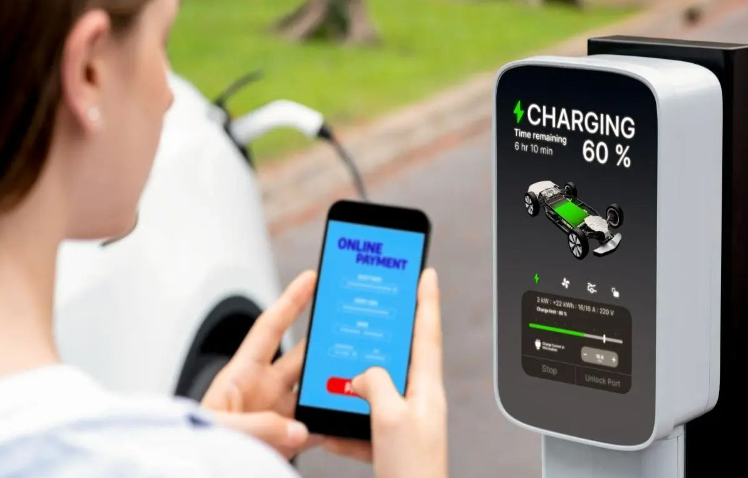In today's rapid development of new energy vehicles, the function of charging piles extends beyond simple electric energy transmission, integrating technologies such as intelligence and networking. Below, I will discuss the development process of charging programs for charging piles.

I. Software Architecture Design
The software architecture of the charging program should adopt a layered design, consisting of a Hardware Abstraction Layer (HAL), a Core Service Layer, and an Application Layer. The HAL is responsible for communicating with the charging pile's hardware; the Core Service Layer handles charging logic, safety monitoring, and other functions; while the Application Layer provides the user interface and interfaces for third-party services.
II. Key Functionality Implementation
1.Charging Control: Intelligently adjusts charging power based on vehicle needs and grid conditions to optimize the charging process.
2.Safety Monitoring: Continuously monitors parameters like voltage, current, and temperature to ensure charging safety.
3.User Management: Supports user authentication, charging record management, and other features to enhance user experience.
III. Technological Innovations
1.Adaptive Charging Algorithm: Dynamically adjusts charging strategies based on battery status and historical data to extend battery life.
2.Cloud Data Analysis: Utilizes cloud computing to analyze charging data, optimizing charging pile layouts and grid resource allocation.
3.Cross-Platform Compatibility: Develops cross-platform applications to enable compatibility with different vehicle brands and models.
IV. User Experience Considerations
The charging program should provide a clear and intuitive user interface, guiding users through the charging process with ease. Additionally, wireless technologies such as Bluetooth and WiFi can be employed for seamless interaction with vehicles and users.
V. Expected Implementation Effects
It is anticipated that this charging program will elevate the level of intelligence in charging piles, reducing charging wait times and enhancing utilization rates. Safety precautions will minimize accident risks, safeguarding users' property. The data management system will assist governments and enterprises in better planning charging networks, promoting the healthy development of the new energy industry.
In conclusion, as technology advances and markets mature, smart charging piles will become a powerful driving force behind the growth of the new energy vehicle industry.




